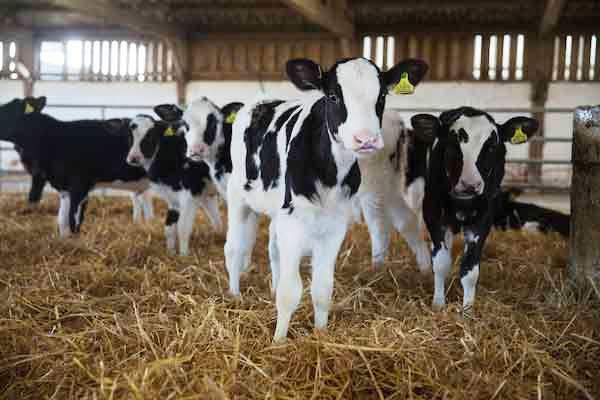
Lolkerra Tanei, Maasai herder from Narok County is feeding his livestock on hay, wheat bran, maize chop, sunflower and molasses on a confined system also known as feedlot ting allowing the cattle gain maximum weight to be ready for the market in the shortest time possible.
Tanei who rears borans (Maasai beef cattle) on a three acre land had lost about twenty of his cattle worth Sh1.1m to 2013 drought forcing him to change tact.
“I feed my cattle on carbohydrate, sufficient proteins and optimum mineral salts. This makes them grow faster and gain weight and within a short time I sell them off to avoid drought effects,” said Tanei.
RELATED ARTICLE: Agricultural stakeholders to market potato as the food of choice
Kenyan livestock sector is badly hit by drought yearly with 72 per cent of total damages and losses recorded between the year 2013 and 2017 according to the Second Medium Term Plan 2013 – 2017 on Drought Risk Management and Ending Drought Emergencies by the government of Kenya.
Confining beef cattle has seen the Kilgoris farmer new method since then. This allow him to destocks by selling his cows in large numbers in December and early January each year before the onset of dry season in Kenya which ends mid-March.
During this time he says one boran weigh 400kg (life weight) goes at Sh56,000 and with 50 cattle he sells yearly, he earns over Sh2.8m which he uses part to restock at the end of a dry season.
He can earn up to Sh3m if he sells with Kenya Livestock Marketing Council (KLMC), an organization of livestock producers and traders in arid and semi-arid areas of Kenya which helps farmers access both local and international markets.
“We encourage farmers as individuals or in groups to work with us for better markets. We are connected with exporters and we export beef cattle to Middle East, Europe, and Mauritius among other places,” said KLMC CEO, Abdikadir Mohamed.
“Farmers must be able to produce 20 cattles weighing seven tonnes in total which can fill a lorry, and that is why we advise farmers who cannot meet the requirement to work in groups.”
Tanei who has 15 borans currently that he can take care of, due to the present dry condition in the country leading to inadequate pasture buys young borans from other farmers at Sh18,000-27,000 weighing between 50kg and 200kg each from mid-March to end of April every year.
Once he feeds them to a maximum weight in a duration of 60 to 120 days he would begin looking for markets to regulate his stock to match his feeding system.
According to Peter Muturu, Nairobi County livestock officer, land diminishing everyday due to population increase and need for settlement and industrialization hence there is no space to rear many animals except if a farmer practices feedlotting.
“Due to increase in nyama choma business as Kenyans love roasted meat, demand for red meat is always high and farmers may want to keep many cattle for beef. Feedlotting is therefore a good practice as farmers will be targeting a given weight then sell some animals to avoid overstocking,” said Muturu.
“Feedlotting can be established on a small area, and there is no need for arable land. All a farmer requires is a gently sloping site with a good, secure water supply.”

















